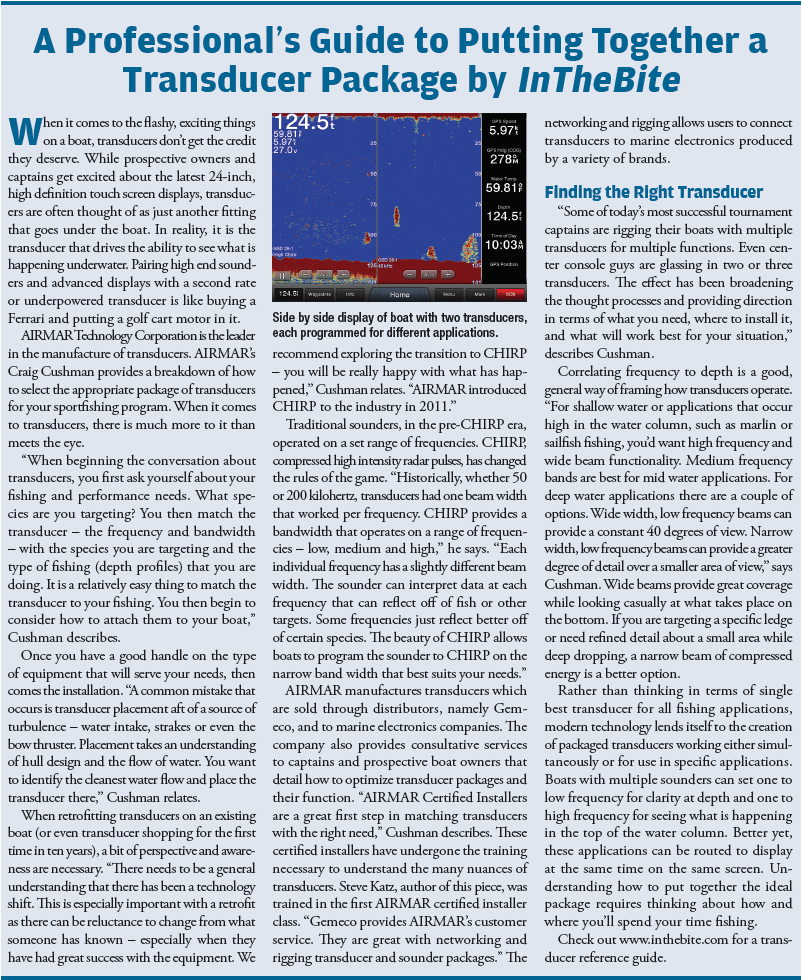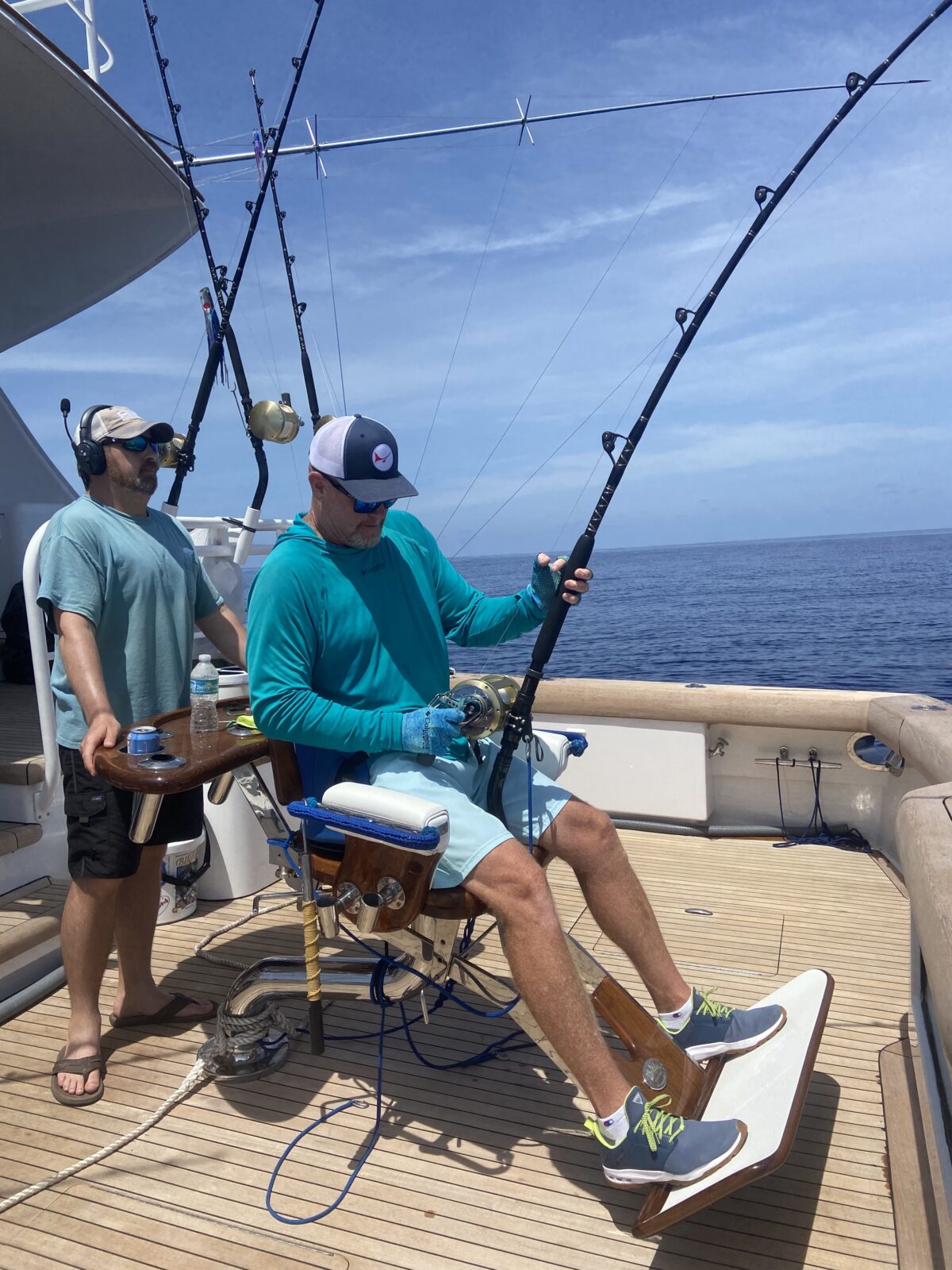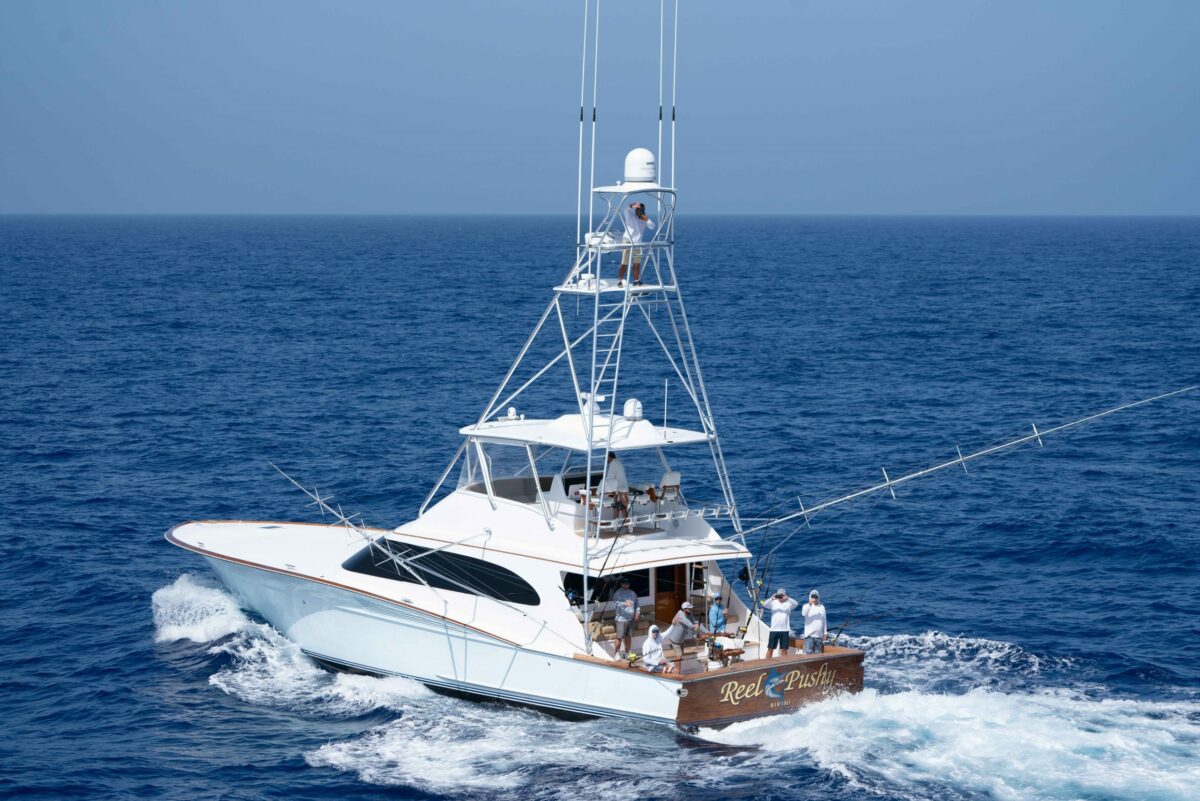by Steve Katz
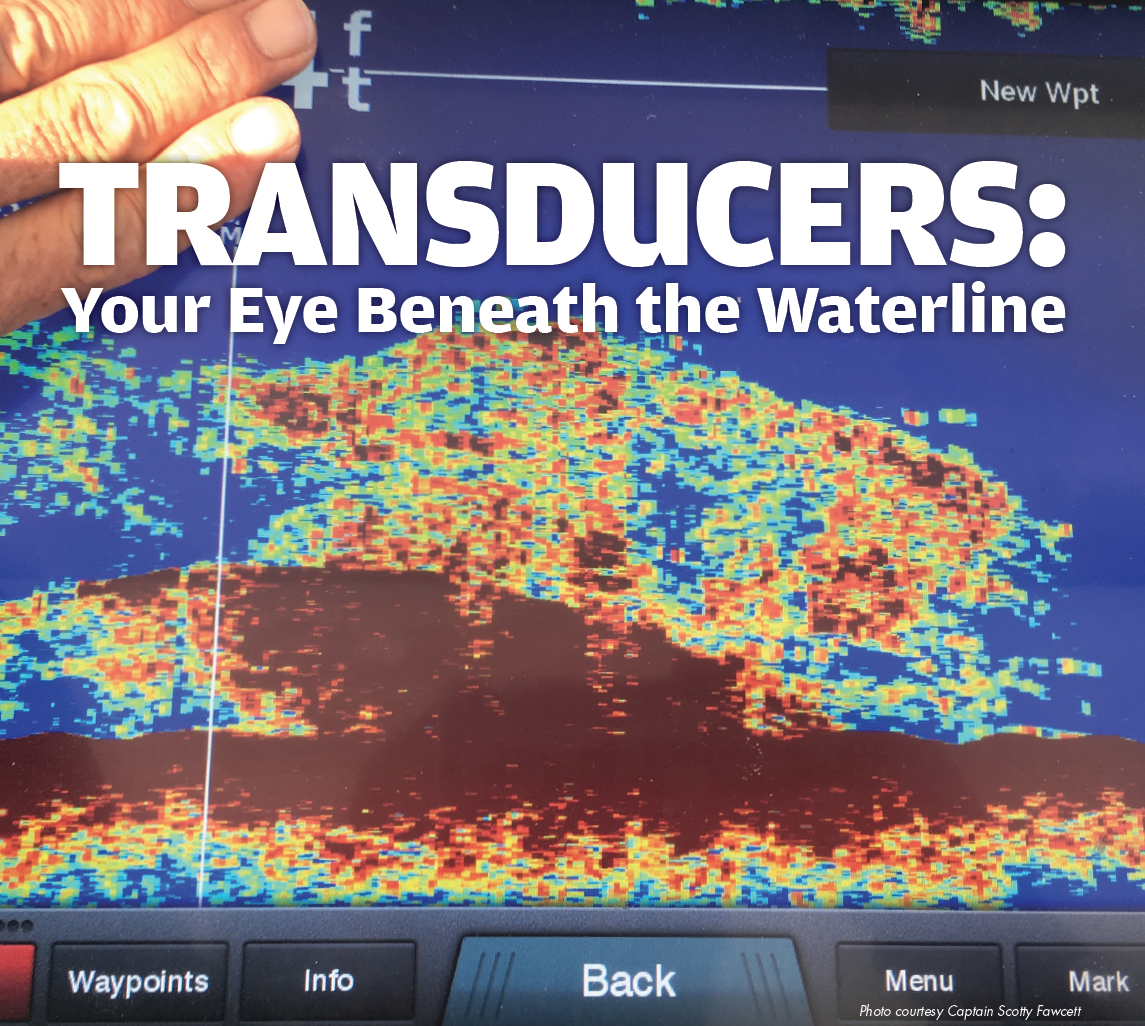
Despite the central importance of the transducer to the ability to view what is happening beneath the water line, transducers are commonly overlooked. Proof that the importance of transducers is often bypassed is evidenced by asking captains or owners how they decided upon the transducer they use. Ask enough and you are bound to hear, All I really need to know about transducers, I learned from the guy on the boat the next slip over. While asking the guy next to you might make for a quick study, it may not be the best way to learn about how to use your existing transducers or what to look for when purchasing a new transducer. Our favorite fish finders, sonar, bottom machines, depth finders, sounders¦ whatever we call them, all operate using transducers. The transducer is in contact with the sea water below the boat and plays a major role in the quality of picture on the sounder display. Transducers come in many different sizes, types and mounting styles. Picking the correct unit for your boat and the display can be difficult, costly and confusing. This article will help you understand the basics of the types, sizes and mounting styles of transducers and make your next purchase a little easier. Basic Operation and Types Hiding beneath the transducer soft urethane face is one or more piezoceramic ceramic elements. These elements change electrical pulses sent by the sounder into sound waves or acoustic energy. Similar in function to a speaker and microphone all in one, the sounder transmits (or transduces) a signal into the water using the transducer as a speaker. Once the sound beam is emitted, the sounder stops transmitting and begins listening, using the transducer as a microphone to listen for reflected sound waves from objects below the surface. A transducer performance varies with the size, quantity and quality of the ceramic elements it contains. High power, high performance transducers have multiple elements inside the housing. These elements are manufactured and tuned to operate on a certain frequency or range of frequencies, such as the traditional frequencies of 50 kHz or 200 kHz. The lower frequency range around 50 kHz is used in deep water, while the higher range around 200 kHz provides greater resolution in shallower water. We use low frequency in deeper water because lower frequencies travel deeper than higher frequencies at the same power output. Low frequency sound waves are larger than high frequency and can skip over smaller details that many anglers are looking for. Most manufacturers offer transducers that have both low and high (or medium) elements contained in a single housing, allowing a transducer to operate on multiple frequencies at the same time if desired. CHIRP transducers can operate over a range of frequencies, sweeping across the designed range. A typical CHIRP frequency range is 42 kHz-65 kHz for the low frequency and 150 kHz-250 kHz on the high side for the popular B275LHW CHIRP transducer. The shape of the sonar beam also varies with frequency; traditionally low frequency has a wide beam resulting in a larger coverage area but with reduced resolution. Traditionally high frequency has had a narrow beam with more definition. Lately manufacturers have designed new ceramics that allow the high frequency to be much wider, often matching the beam angle of the low frequency, while ensuring a higher resolution sounder picture and covering much more water area beneath the boat.
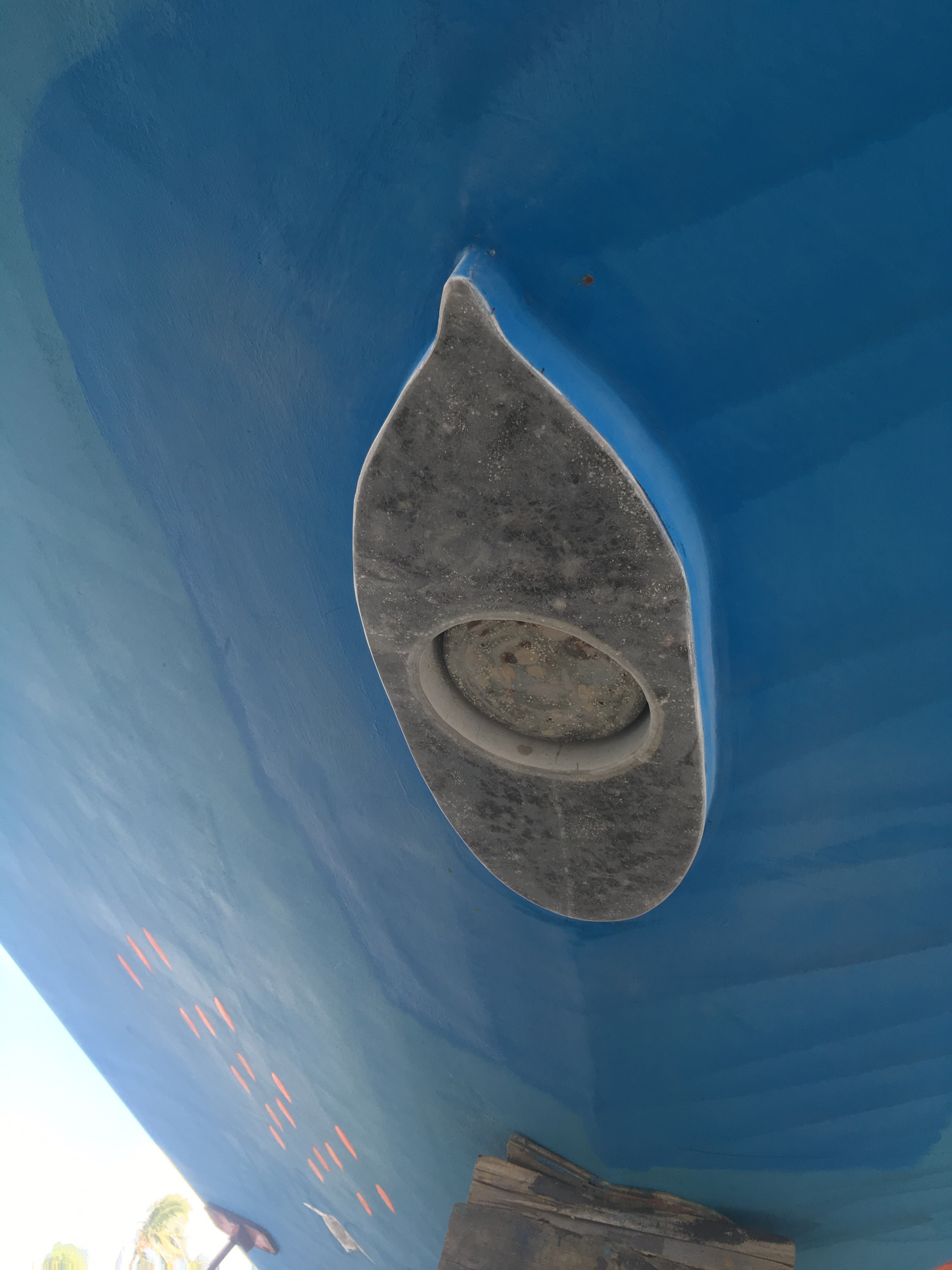
Fairing block that houses the transducer on the bottom side of the hull of a sportfisher.
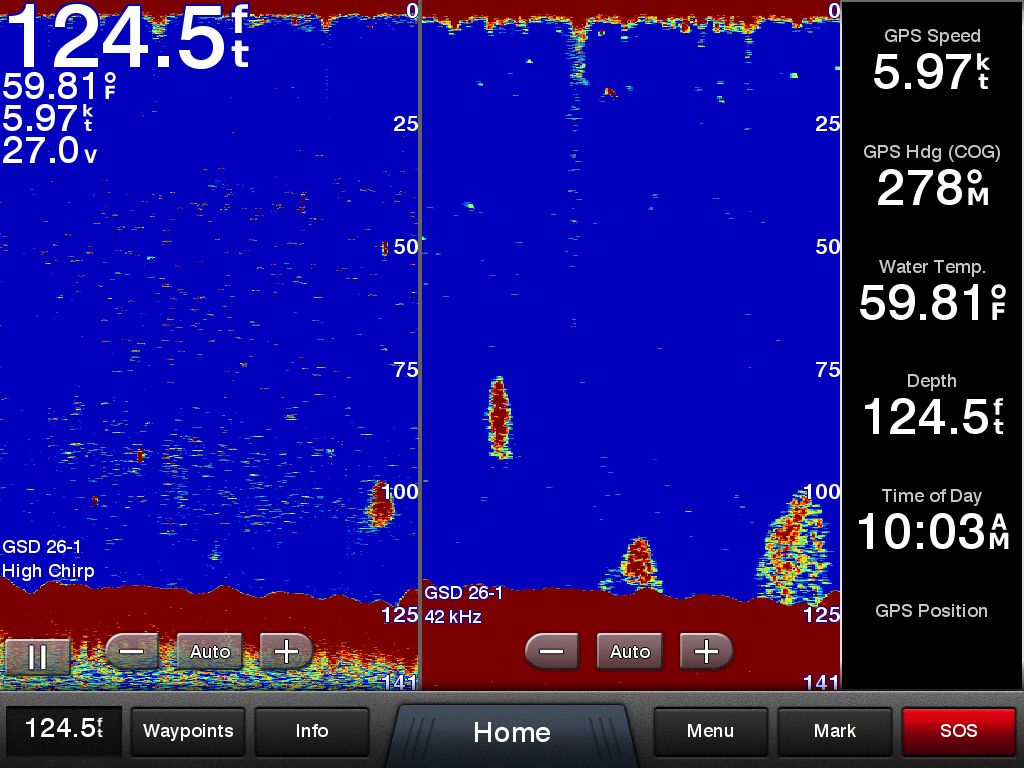 How Do Sounders Detect Fish?
Almost all fish have an organ called an air bladder, or swim bladder. These bladders are filled with gas that help fish to adapt to the water pressure at different depths. This air bladder has density that is greatly different from that of the surrounding water and flesh and bone of the fi sh. This differential density makes what the sounder does possible. Sound waves emitted by the sounder bounce off the fish with a distinctive signal. Signals echoed from the swim bladder are what we are often really seeing on the screen of our sonar.
Learning about the fish youre targeting, their habitat and food they eat can go a long way in helping you design a fish finder system that meets the needs of your fishing activities.
How Do Sounders Detect Fish?
Almost all fish have an organ called an air bladder, or swim bladder. These bladders are filled with gas that help fish to adapt to the water pressure at different depths. This air bladder has density that is greatly different from that of the surrounding water and flesh and bone of the fi sh. This differential density makes what the sounder does possible. Sound waves emitted by the sounder bounce off the fish with a distinctive signal. Signals echoed from the swim bladder are what we are often really seeing on the screen of our sonar.
Learning about the fish youre targeting, their habitat and food they eat can go a long way in helping you design a fish finder system that meets the needs of your fishing activities.
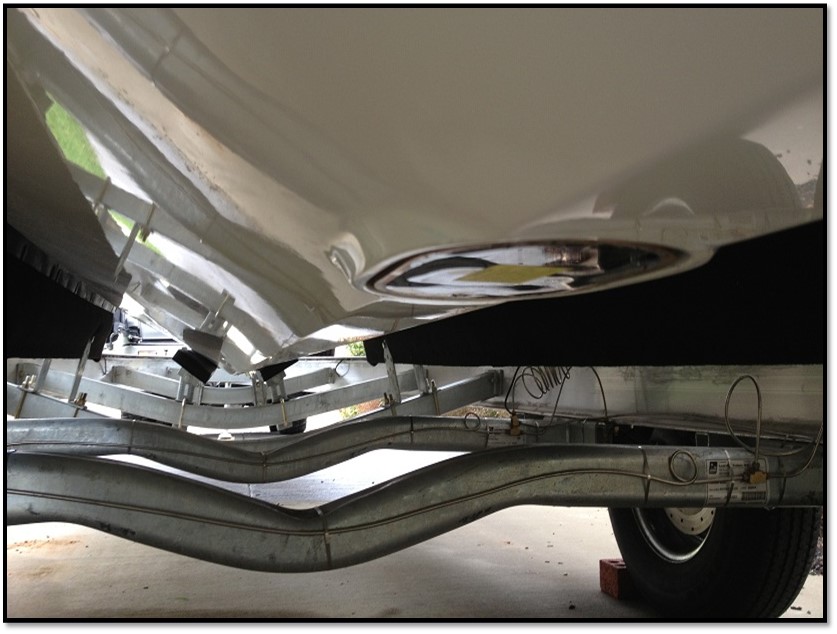
Whether it be a center console (left) on a trailer or an 80 Merritt (right), pairing appropriate combinations of transducers and installing them where they work best will benefit your fishing.
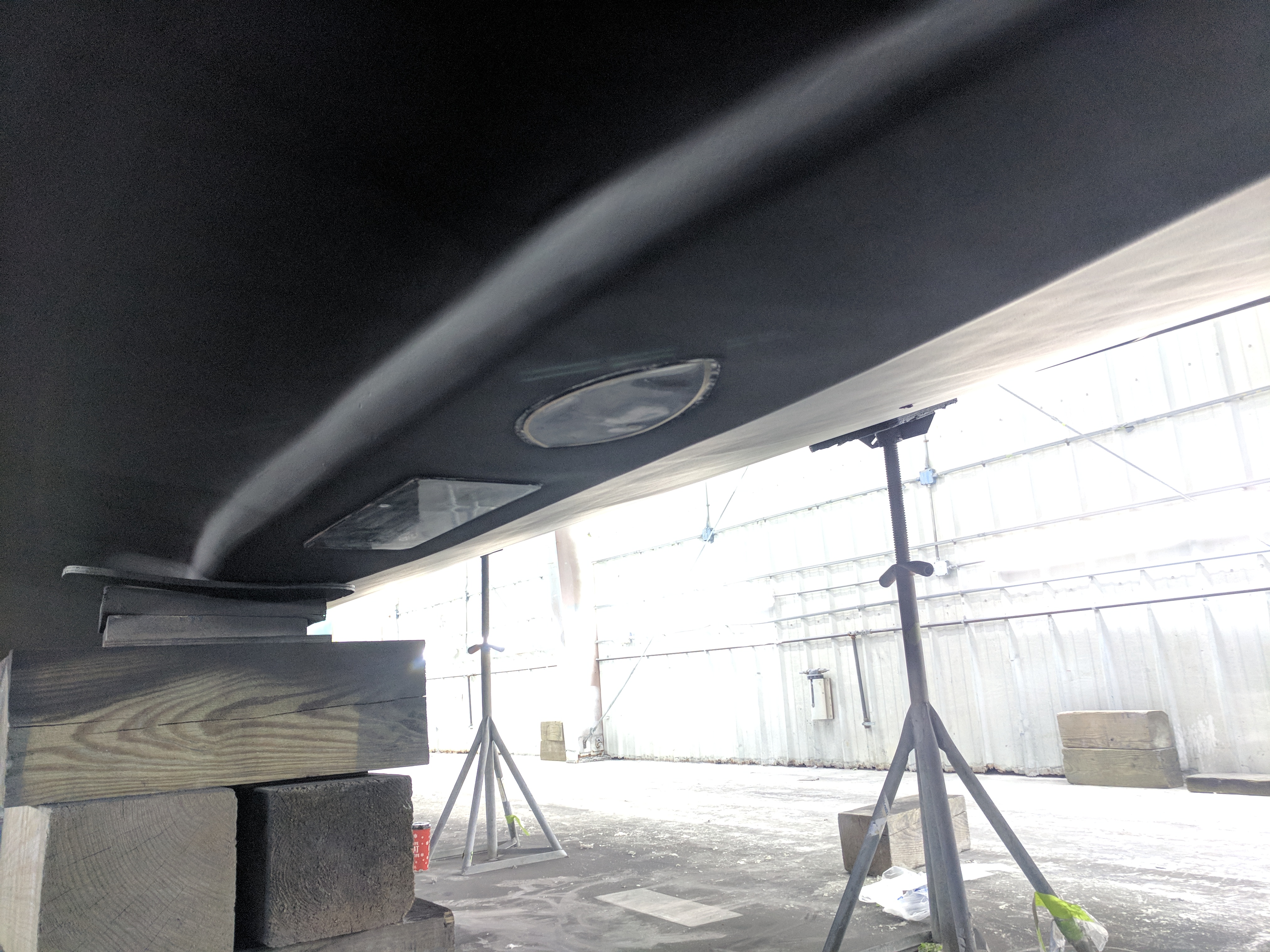 Putting It All Together
If you are looking to add or replace a transducer, you should start by figuring out what is the best frequency needed for the fishing you plan to do. If you will be deep dropping look for a low frequency unit that can handle a lot of power to send the signals deep to the bottom. Sailfishing look for a high frequency that will show high resolution of top of the water column where the sailfish are and also the baitfish they feed on.
Once you have selected the frequency and power, you will need to match up an installation style with your boats bottom to determine what is best. Locating a transducer where it
will always have clean undisturbed water is always the goal, though compromises are often necessary based on boat design, installation time and budgets. The final step is to match your transducer with a sonar system that meets your needs for performance, quality, reliability and price.
Putting It All Together
If you are looking to add or replace a transducer, you should start by figuring out what is the best frequency needed for the fishing you plan to do. If you will be deep dropping look for a low frequency unit that can handle a lot of power to send the signals deep to the bottom. Sailfishing look for a high frequency that will show high resolution of top of the water column where the sailfish are and also the baitfish they feed on.
Once you have selected the frequency and power, you will need to match up an installation style with your boats bottom to determine what is best. Locating a transducer where it
will always have clean undisturbed water is always the goal, though compromises are often necessary based on boat design, installation time and budgets. The final step is to match your transducer with a sonar system that meets your needs for performance, quality, reliability and price.
